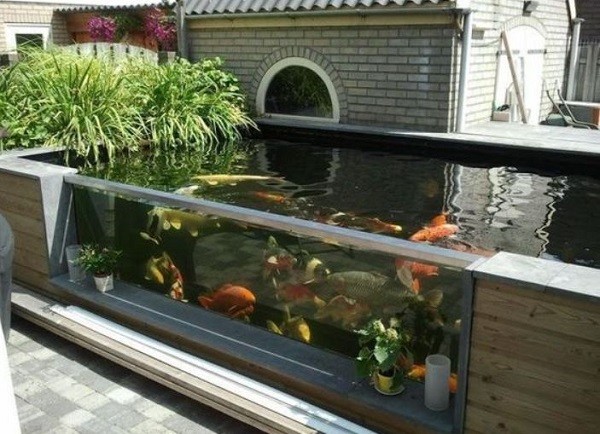What Does a Septic Tank Look Like? A septic tank is a watertight container that is buried in the ground. Septic tanks for homes use a combination of sand and gravel to slow down the incoming wastewater so that it can percolate through the tank’s fill material. Sand slows down water, while gravel provides an area for solids to settle. The sludge and solids will form a layer at the bottom of the tank, and any solid materials that make their way out of the drain field will form a cone shape above this layer.
Introduction
A septic tank is a watertight chamber made of concrete, fiberglass, or plastic, and is used to process and store sewage. Septic tanks are typically located underground, and they can be found in both rural and urban areas.
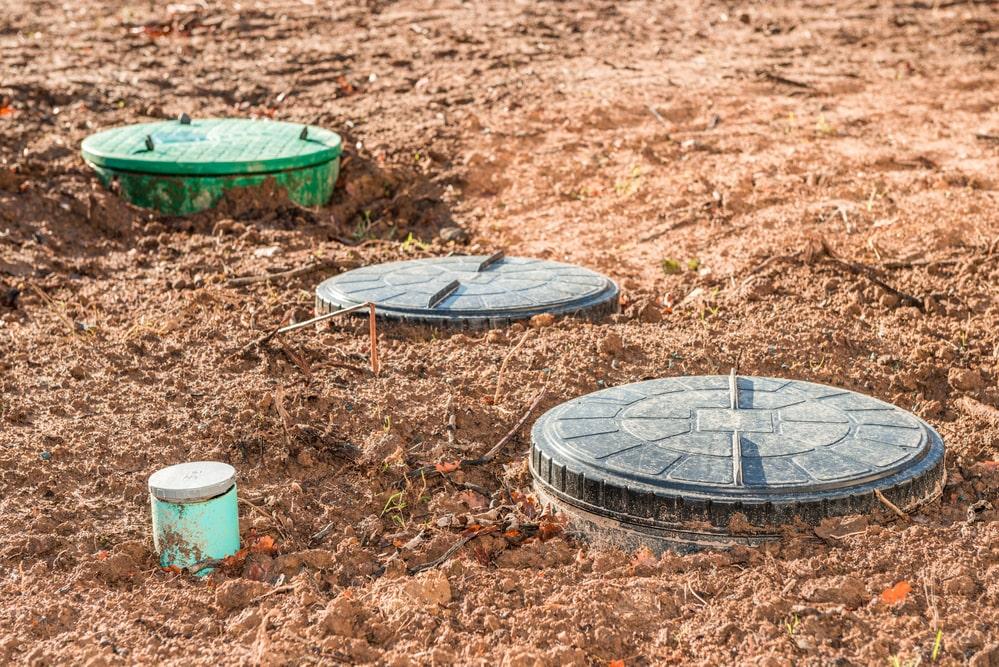
The main purpose of a septic tank is to treat sewage before it is released into the environment. Sewage contains harmful bacteria and viruses that can contaminate water supplies and make people sick. Septic tanks prevent this contamination by using a combination of anaerobic digestion and physical separation to break down and remove pollutants from sewage.
Septic tanks come in a variety of shapes and sizes, but they all have two compartments: the primary chamber and the secondary chamber. The primary chamber is where raw sewage enters the tank. The secondary chamber is where treated effluent leaves the tank.
Most septic tanks are made of concrete, but fiberglass or plastic tanks are also available. Concrete septic tanks are the most durable type of tank, but they are also the heaviest and most expensive. Fiberglass or plastic septic tanks are lighter weight and less expensive, but they may not last as long as concrete tanks.
What is a Septic Tank?
A septic tank is a watertight chamber made of concrete, fiberglass, or plastic that stores sewage from a home’s drains. The tank allows solids to settle out of the sewage so that only effluent (liquid sewage) flows out of the tank and into a leach field for further treatment.
What Does a Septic Tank Look Like?
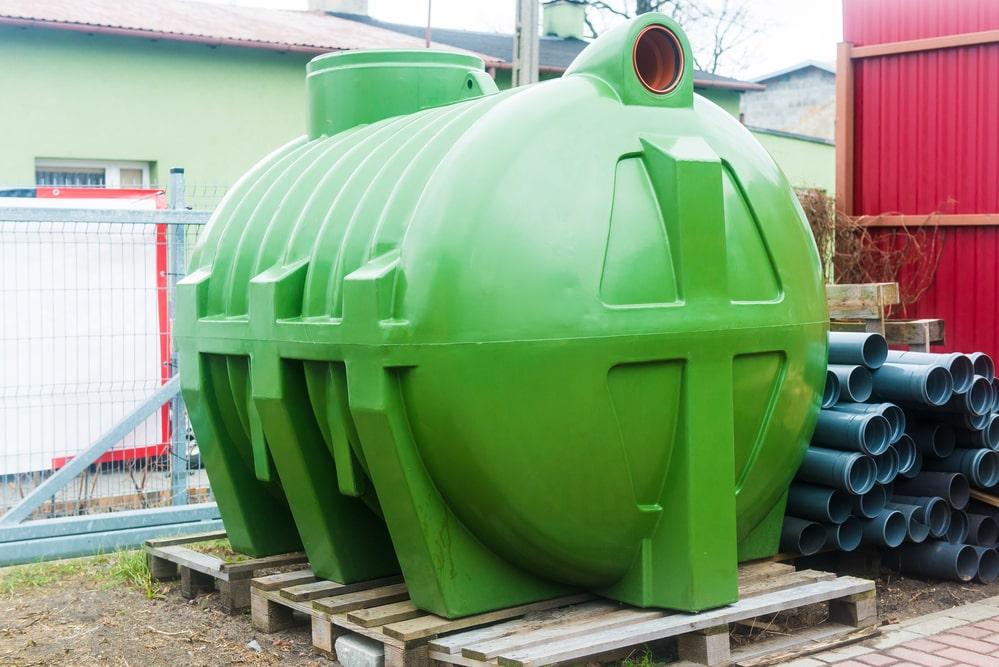
A septic tank is a watertight container that is buried in the ground. Septic tanks for homes use a combination of sand and gravel to slow down the incoming wastewater so that it can percolate through the tank’s fill material. Sand slows down water, while gravel provides an area for solids to settle. The sludge and solids will form a layer at the bottom of the tank, and any solid materials that make their way out of the drain field will form a cone shape above this layer.
A septic tank is a large, underground tank that stores sewage from your home. It is usually made of concrete, plastic, or fiberglass. The tank typically has two compartments: one for solids and one for liquids.
The solid compartment of the septic tank allows the heavy solids to settle to the bottom while the lighter liquids float to the top. This separation process helps to break down the solids so they can be eventually absorbed into the surrounding soil. The liquid compartment of the septic tank typically has a outlet pipe that transfers effluent (sewage water) to a leach field for final treatment and dispersal into the ground.
How does it Work?
The septic tank is a large, watertight container that is buried in the ground. It is typically made of concrete, fiberglass, or plastic. The septic tank is connected to the home’s sewer system and receives all of the waste water from the home.

The septic tank has two compartments. The first compartment is where the solid waste settles to the bottom and the second compartment is where the liquid waste floats to the top. There is a baffle between the two compartments that keeps the solid and liquid waste separate.
- The solid waste in the septic tank breaks down over time through anaerobic digestion.
- This process produces methane gas and carbon dioxide which rise to the surface and escape through a vent pipe.
- The liquids in the septic tank are also treated through anaerobic digestion, but this process happens much slower than in the first compartment.
- The treated effluent then flows out of the septic tank and into a leach field where it is further treated by bacteria before it percolates into the soil.
The Septic Tank Process
A septic tank is a watertight chamber made of concrete, fiberglass, or plastic, with an inlet and outlet structure that receives sewage from household plumbing fixtures. The tank allows solids to settle out of the sewage while storing it for future treatment. Grease and light solids float to the top of the tank and scum accumulates on the sides of the tank. Effluent leaves the tank through the outlet structure and enters a drain field for final treatment.
| No | Process |
| 1 | The septic tank process begins when wastewater enters the tank through the inlet pipe. |
| 2 | The inlet pipe is located near the top of the tank so that scum and floats can be removed. As the wastewater enters the tank, solids settle to the bottom and scum floats to the top. Bacteria in the septic tank break down the solids and scum |
| 3 | The effluent then flows out of the septic tank through the outlet pipe. |
| 4 | The outlet pipe is located near the bottom of the tank so that only liquids are discharged. |
| 5 | The effluent is then distributed to a leach field or other soil absorption system where it percolates into the soil and is further treated by bacteria. |
The Parts of a Septic Tank System
A septic tank is a key component of a septic system, which is a small-scale sewage treatment system. Septic tanks are underground watertight chambers made of concrete, fiberglass, or plastic. They are used to treat wastewater from household plumbing by holding it in the tank long enough for solids and liquids to separate.
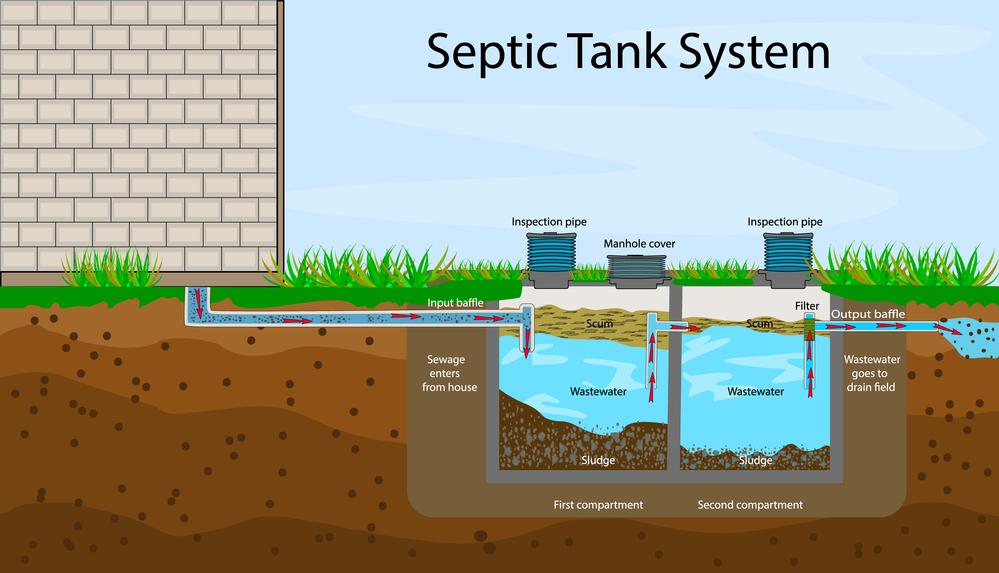
The separated solids settle at the bottom of the tank, while the liquids are discharged into a leach field for further treatment. Grease and scum float to the top of the tank, where they are removed periodically by pumping.
A septic tank typically has two compartments, each with its own inlet and outlet. This allows for continuous flow through the system and prevents buildup of solids in the tank. Inlet baffles help control inflow and prevent floatables from entering the second compartment.
How To Install Septic Tank
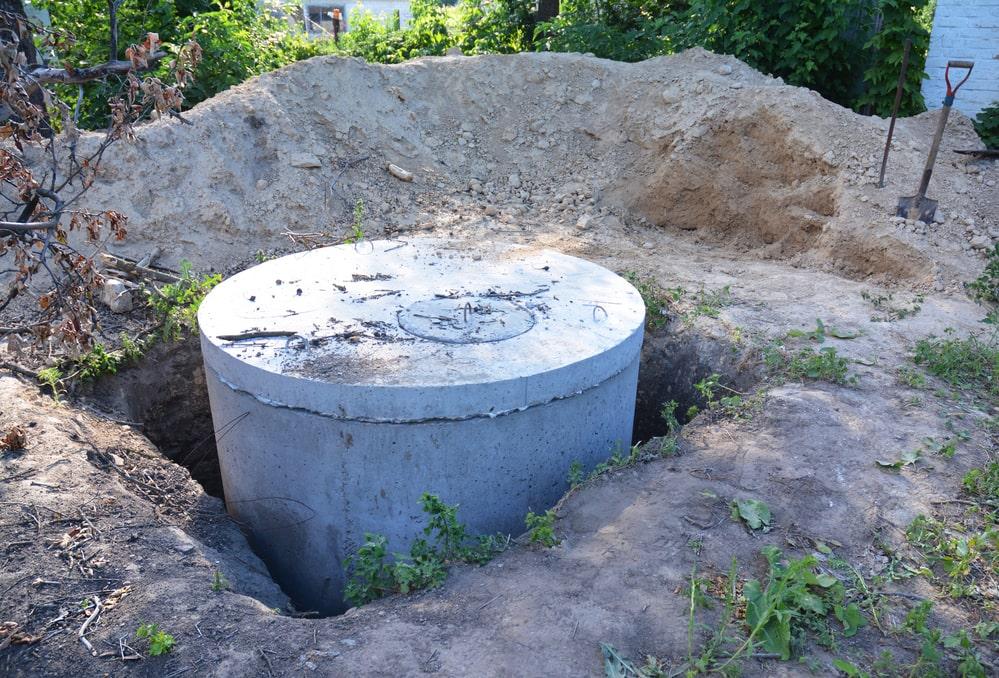
Installing a septic tank is a big job that requires careful planning and execution. Here are some tips to help you get the job done right:
- Choose the right location for your septic tank. It should be far enough away from your house and any other buildings on your property, and it should be in an area with good drainage.
- Dig a hole for your septic tank that is large enough to accommodate the size of the tank you have chosen. The hole should be about two feet deep.
- Place the septic tank in the hole and backfill around it with dirt or gravel. Make sure that the tank is level so that it will work properly.
- Connect the inlet and outlet pipes to your septic tank according to the manufacturer’s instructions. These pipes will need to be buried underground.
- Cover the septic tank with a layer of dirt or gravel to protect it from weather and animals.
Health Concerns and Potential Problems in a Septic System
There are a number of health concerns and potential problems that can occur in a septic system. If the septic tank is not properly maintained, it can become a breeding ground for bacteria and other microorganisms. This can lead to a number of health problems, including gastrointestinal illnesses, skin infections, and respiratory infections.
In addition, if the septic tank is not properly maintained, it can also lead to a number of environmental problems. These include contamination of groundwater, surface water, and soil. In some cases, this contamination can even lead to the spread of disease.
If you have a septic system, it is important to have it regularly inspected and pumped out. This will help to ensure that it is functioning properly and that there are no health or environmental concerns.
How to Find the Septic Tank in Your Home?
If you have a septic tank on your property, it is important to know where it is located. This will enable you to properly maintain the tank and avoid any damage to it. Here are some tips on how to find the septic tank in your home:
- Look for the manhole cover. The septic tank is typically located near the manhole cover. If you cannot find the manhole cover, look for an access point to the sewer line.
- Look for signs of a leach field. A leach field is often located near the septic tank. It is a series of trenches that allow wastewater to drain into the soil.
- Ask your neighbors. If you are still having trouble finding the septic tank, ask your neighbors if they know its location.
What is the Difference Between a Septic Tank and a Septic Field?
A septic tank is a watertight chamber made of concrete, fiberglass, or plastic and is used to treat domestic wastewater. A septic field is a series of perforated pipes buried in the ground that allow treated effluent from the septic tank to be slowly released into the soil.
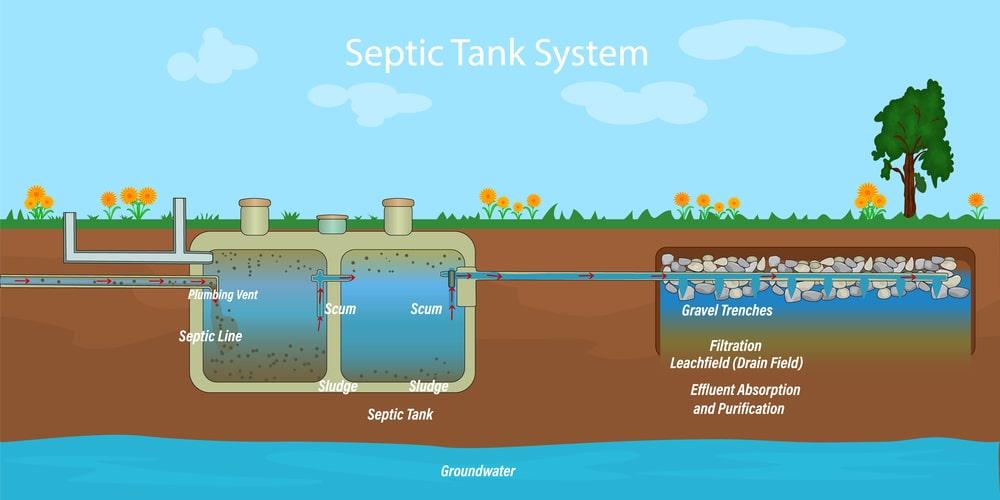
A septic tank is a watertight chamber made of concrete, fiberglass, or plastic that collects sewage from your home’s drains. The waste is then broken down by bacteria and other microorganisms in the tank. Septic tanks are usually underground and can vary in size, but most homes require a 1,000-gallon tank.
A septic field is a series of perforated underground pipes that disperse wastewater from the septic tank into the surrounding soil. The soil acts as a natural filter, cleaning the water before it returns to groundwater sources. Septic fields typically consist of two parallel rows of pipes buried 18 to 24 inches below the ground.
How often should a septic tank be pumped?
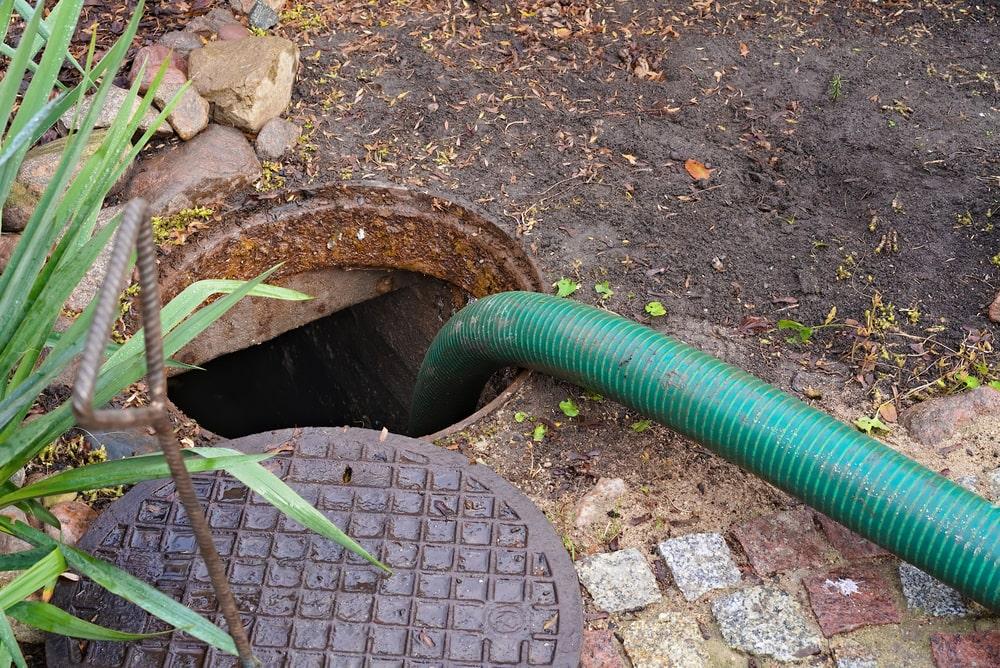
If you have a septic tank, it’s important to know how often it needs to be pumped. Depending on the size of your tank and the amount of wastewater produced by your household, you may need to have your septic tank pumped every one to three years.
Your septic tank should be pumped at least once every three to five years. Depending on the size of your tank and the amount of water that is used in your home, you may need to have it pumped more frequently.
The best way to know for sure is to have your septic system inspected by a professional every few years. They will be able to tell you if your tank needs to be pumped and can give you an estimate of how often it should be done.
Conclusion
A septic tank is a key part of many homes’ sewage systems, and it’s important to know what one looks like in case you need to make repairs or replacements. While the size and shape of a septic tank can vary, they typically have a cylindrical shape and are made of concrete, fiberglass, or plastic. If you’re not sure whether your home has a septic tank, look for a manhole cover in your yard — this is usually where the access point to the tank is located.
Images by Depositphotos
